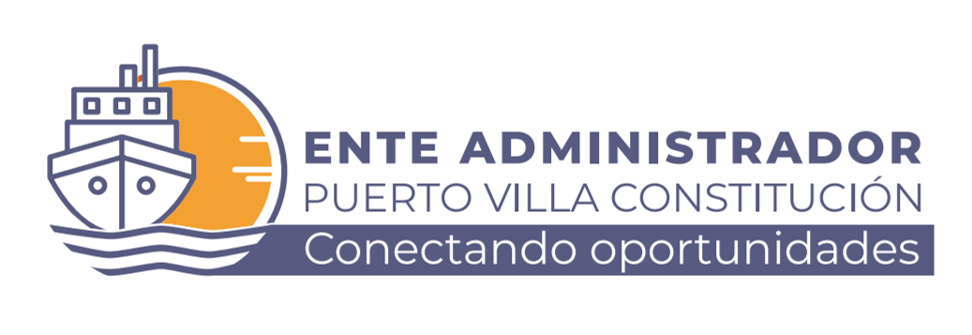Generally, an essay is a composed piece that introduces the writer’s view, usually but not always, without citations, along with the precise definition is ambiguous, spanning nearly overlapping with that of an overview, an essay, a report, a pamphlet and even a brief story. Essays have always been classed as formal and technical, but in the 21st century, many authors are writing them as personal, as confidential, as intuitive and private as you can write a book. In this respect they are no different than any other sort of writing. The only real distinction is the audience for this kind of writing has changed appreciably.
Writing a response to a recent essay you’ve read, is like taking a brief course on the background of your writing. Start with reading attentively and absorbing the arguments introduced within this essay. Then, using critical evaluation, writing an interpretation of the essay’s arguments and assumptions. Next, drawing your notes and synthesizing your ideas, you can invent your own thesis. In this way you will be able to present and protect your position as quickly as possible for your own reader without contradicting what’s been stated in this article.
If you’re writing an answer to an essay that already has been composed, the basic steps are rather straightforward. However, if it is your first time doing so, you will require a few guidelines to help you get off to a good start. To begin with, you have to actually think of what the essay’s main idea is and what you should achieve by carrying out its execution. It’s better to begin with an idea of how you want to respond and writing the rest of the essay to support and enhance that notion instead of merely responding to what’s been written.
The introduction is the most how to address an envelope important part of the essay. The introduction marks the start of the debate. The essay’s debut needs to properly present the subject and discuss briefly who the author is (or was). Additionally, the introduction should supply enough information on the subject to permit the reader to form an impression. A few common examples of introduction topics are why specific things are done, that the goal of the article, what the topic is all about, what the finish or point of this essay is etc. After the introduction, the rest of the essay includes paragraphs dealing with the subject in various ways.
The next step when composing an article is the conclusion. The conclusion needs to be very robust and proceed against the main point of the essay, which is the major thought. It needs to argue strongly for the idea and convince the reader it is right and well-argued. There are several distinct sorts of conclusion and it is advisable to select one that best fits the specific essay. By way of example, the end could be ‘ationally legitimate’,’arguably valid’ or ‘emotionally legitimate’.
Among the most common mistakes students make when writing essays is committing a grammatical error. That happens because the student begins writing out the article keeping just one thought in mind – the best way to establish a point and then goes on to compose the entire essay utilizing various kinds of stylistic devices such as adverbs, adjectives and adverbs, and other word and phrase structures which do not support the most important purpose. Grammar check tools like a thesaurus can be exceedingly beneficial in detecting these errors. Another frequent mistake is to start a paragraph, say a fact, then use one or more adverbs/ adjective to describe exactly the same fact. In order to avoid such errors, it is important to maintain the thesis statement, if any, fundamental. This will avoid the essay from getting disjointed.
In conclusion, writing a composition successfully requires some quantity of planning, research and discipline. It can be a frustrating exercise only with the correct information, planning and writing structure, it can be extremely satisfying. Before writing the essay, set aside 1 day to devote to the task. If that is too daunting, find someone to write the article for you. Once the job is finished, write a list of your essay and distribute your own work. You should always begin by reading the essay to be certain you understand what you’re writing about.
In summary, essays are written to inform, engage and persuade the reader. A successful essay begins with a successful introduction. The introduction is crucial, as the first sentence of your introduction sets the tone for the remainder of the essay. The introduction needs to convince the reader that the topic is worthy of the attention, while supporting the arguments you have selected for the remainder of the essay.








